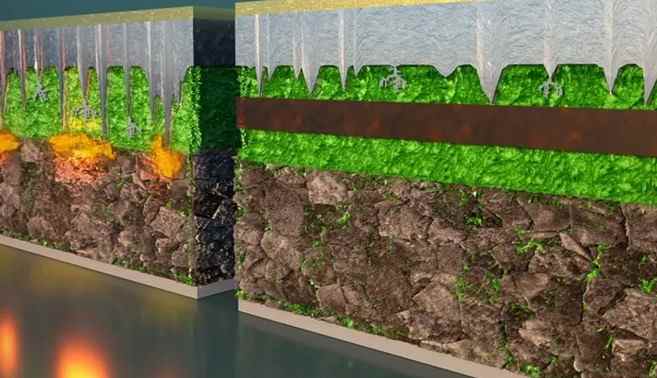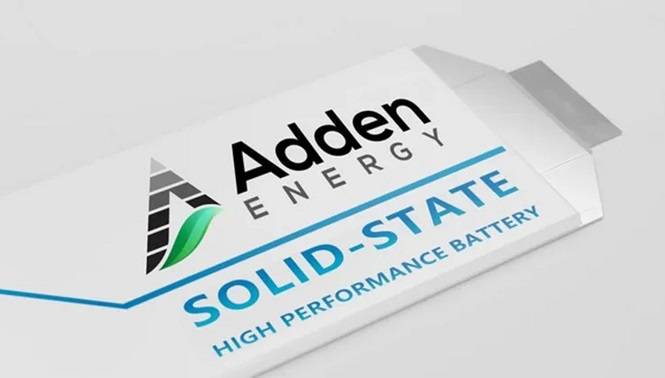A company born in Harvard presents a competitive battery with solid electrolytes.
Added Energy is a company born at Harvard University that is in the news for presenting an eye-catching solid electrolyte battery technology that solves some of the main challenges of this always-promising system.

According to its first tests, these solid-state cells can last more than 6,000 charge and discharge cycles, maintaining 80% capacity after that cycle. They can also safely access ultra-fast charges and recharge in just 10 minutes.
We do not know anything about the third pillar of this type of solution, which is the cost. Still, given its long functional life, its designers indicate that the technology will help make electric cars more affordable in terms of total cost. Proprietary.
A new battery with solid electrolytes defeats dendrites.
According to many experts, new solid electrolyte technology is the next big thing in the sector. An alternative that will allow you to replace the liquid of a conventional lithium-ion battery with a polymer, a high-tech ceramic, or some other solid material.
Getting lithium ions to move through a solid component has been one of the main challenges for this system. Still, the reward is greater energy density and excellent thermal safety.

Added Energy is one of the many companies that pursue the dream of solid electrolytes, which faces the creation of dendrites in their structure as the main challenge to overcome. Dendrites are small fern-like growths that develop on the anodes of lithium batteries, which can affect the performance and useful life of the batteries.
To achieve this, the Adden Energy team is working to control the modification of the microstructures in LGPS and LSPS, which can adjust and improve their voltage stabilities. They have also sought to reveal the underlying mechanism between the microstructure and performance of solid sulfide electrolytes, which can serve as a guide for future battery cell materials and designs.
The new battery results from additional research, culminating in a recent study published January 8 in the peer-reviewed journal Nature Materials, under the title “Rapid cycling of lithium metal in solid-state batteries using anode materials.” susceptible to constriction.
Dendritic growth was once thought to be a problem only with liquid electrolyte batteries, but it can also affect a solid-state battery. Several solutions have emerged to stop them, and Adden’s team went further to eliminate them.
This new approach prevents dendrites from forming by using micron-sized silicon particles on the anode to restrict the lithiation reaction and facilitate the homogeneous coating of a thick layer of lithium metal.

These coated particles create a homogeneous surface over which the current density is evenly distributed, preventing the growth of dendrites in a design where the lithium metal is wrapped around the silicon particle.
The new cells with solid electrolytes are still in the research stage. The study involved a bag-shaped cell the size of a postage stamp. Still, it’s 10 to 20 times larger than a typical battery made in a university lab, and it was large enough to establish some data.
As for the dates, last year, Adden’s research team estimated that the next step would be to develop a cell the size of the palm of a hand, a previous step to creating an industrial-sized cell for sectors such as the electric car.
A critical step they have estimated will occur in the next two to four years is when partners can begin field testing, so its arrival on the mass market will only happen in 2030.
Source- Nature
Related Post
